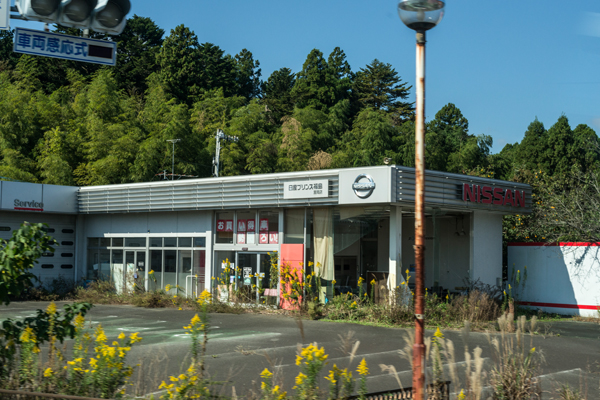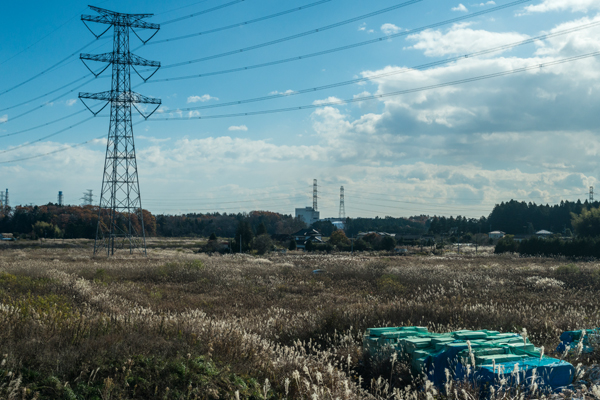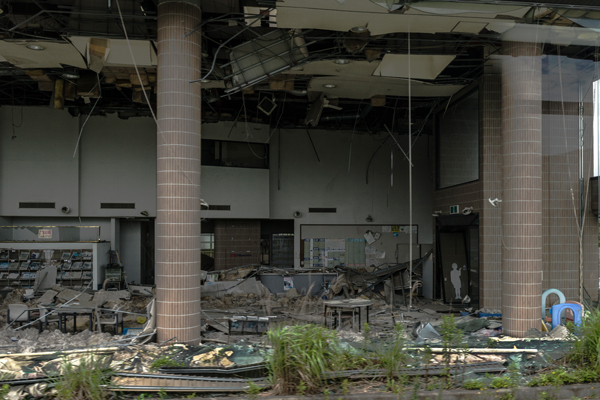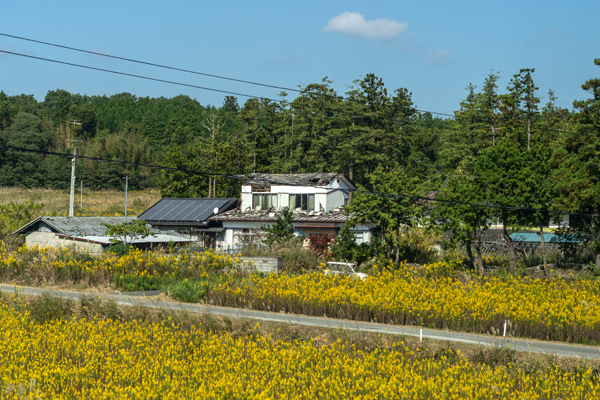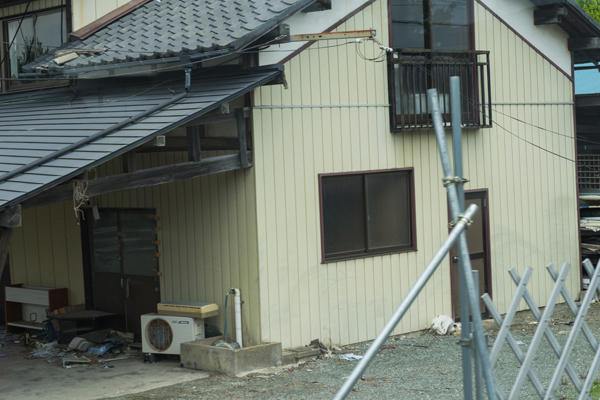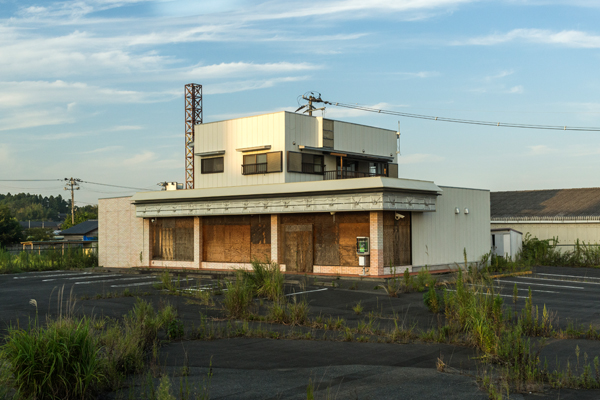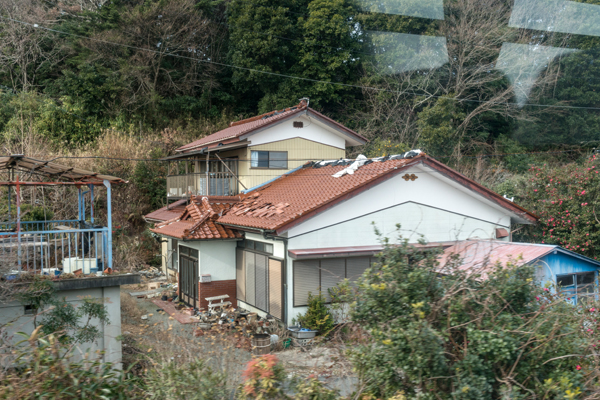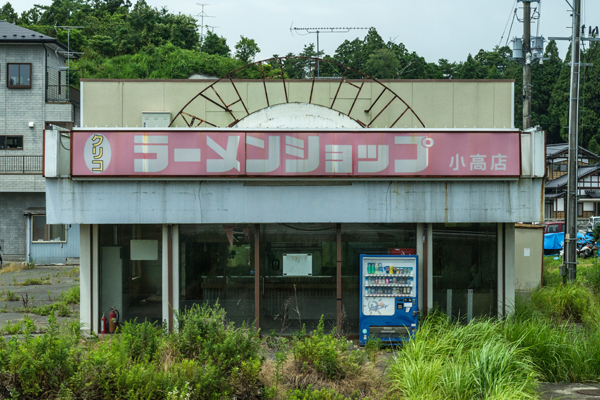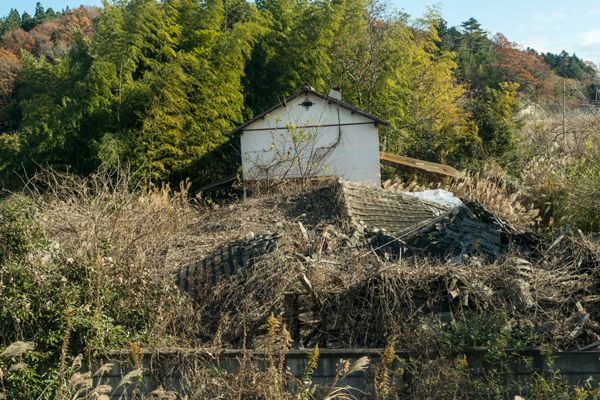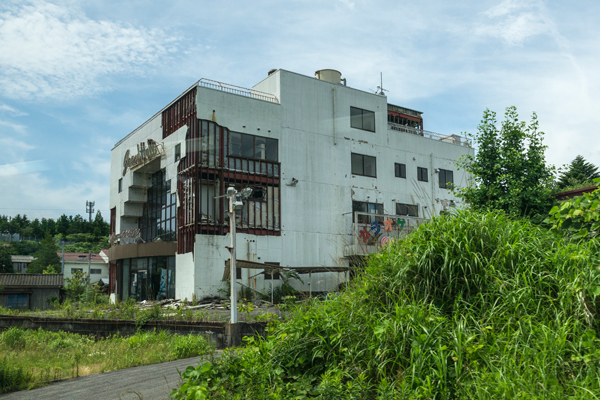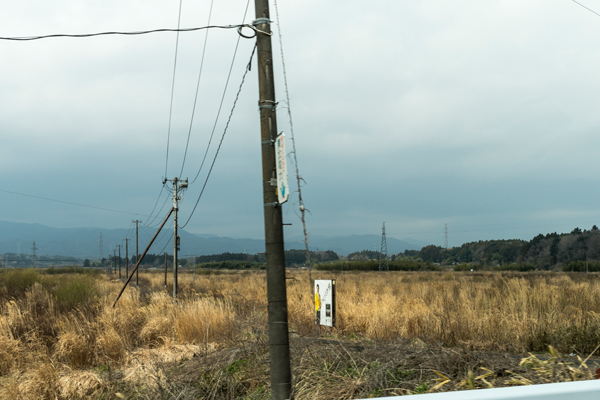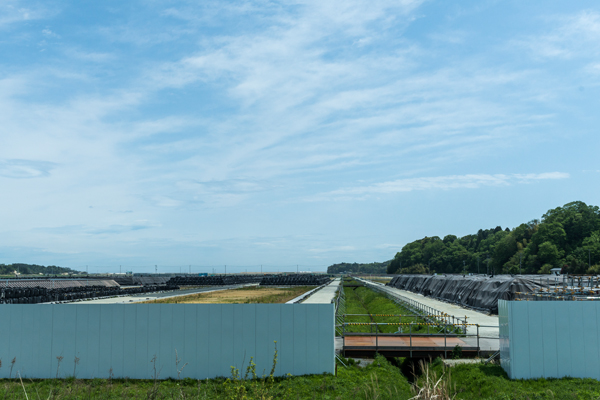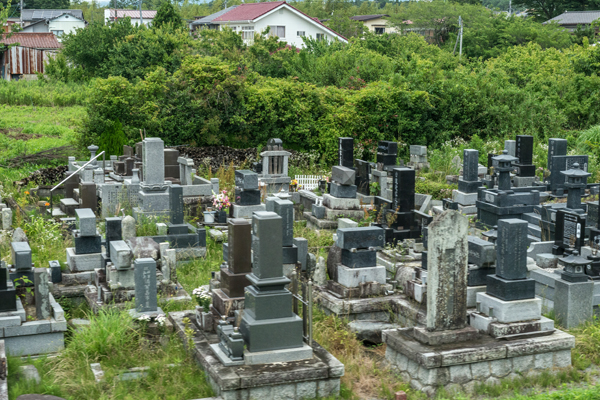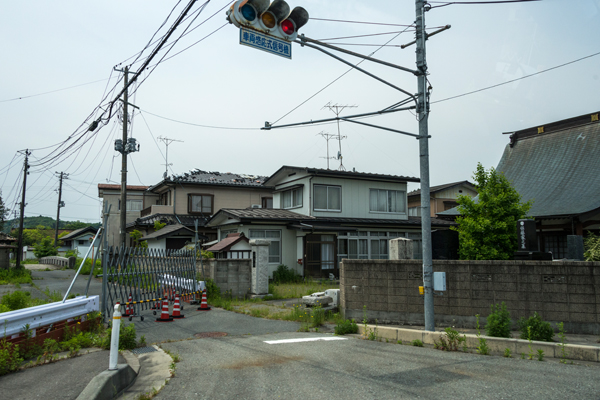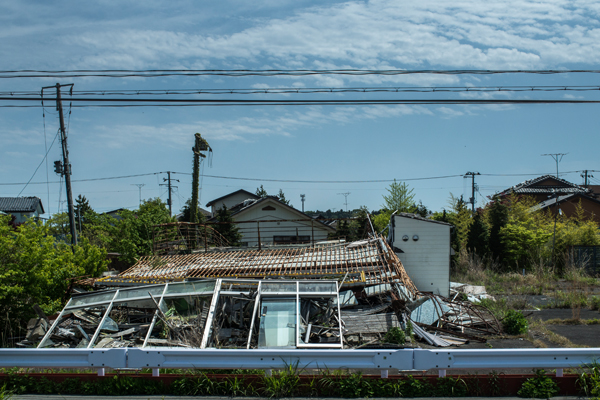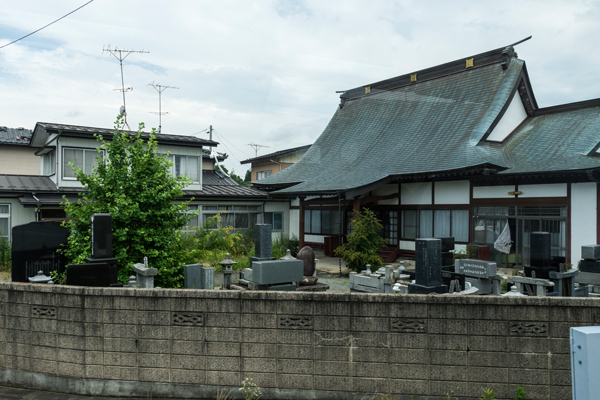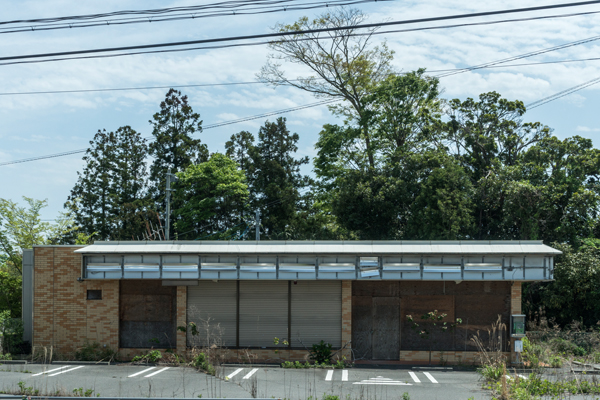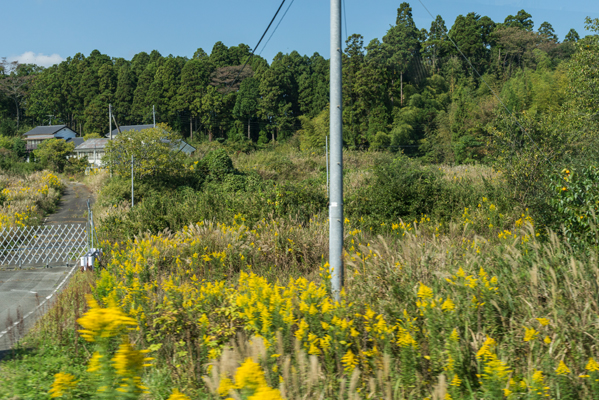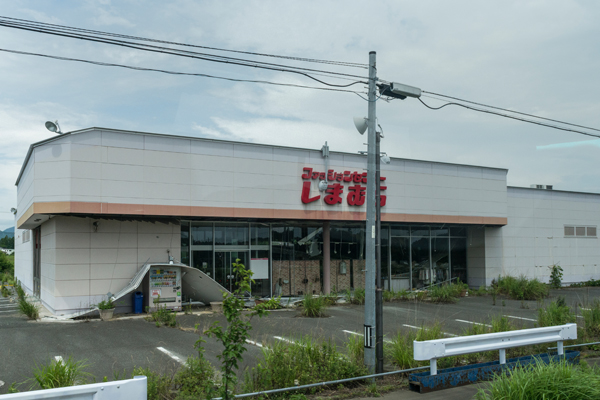Radiation Buscape
2018/3/11~3/20
石田省三郎写真集(2018年刊)
On 11 March 2011, the Fukushima Daiichi Nuclear Power Plant, having been struck by the tsunami triggered by the Great East Japan Earthquake, released massive amounts of radioactive material into the atmosphere as the result of hydrogen explosions and meltdowns at the reactor buildings. This invisible radioactive material forced people from the homes they loved. The designated “difficult-to-return zone” remains abandoned today, its future outlook unclear.
Beginning in 2016 , five years after the disaster , Shozaburo Ishid a spent more than a year photographing the state of things along the road as seen from the bus that substitutes for still-disrupted rail service . Details found even in scenes captured fleetingly through the limited visual range and perspective afforded by the windows of the bus would, he thought, highlight the irrationality of the nuclear accident.
As the bus moves north, it passes through the “zone preparing for the lifting of evacuation orders” and the “residency-restricted zone” before reaching the “difficult-to-return zone.” Road signs indicating radiation levels appear now and then, showing values that approach 3.5μSv/h. The radiation itself, of course, is invisible. This collection depicts, as it were, the impact of the unseen.
The view from the bus is available to anyone who makes the journey. Even such wide-open scenery shows evidence of a visible transformation in the wake of the Great East Japan Earthquake. Please take note of the subtle changes revealed in each of these photographs.

